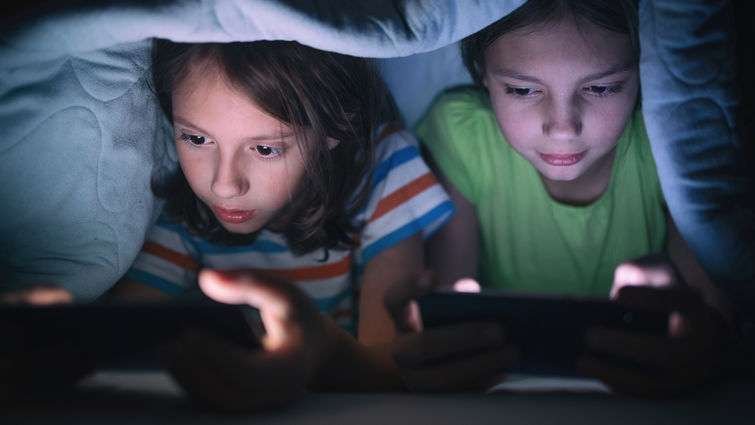In today’s digital world, screens have become an integral part of our daily lives. From smartphones and tablets to televisions and gaming consoles, children and adults alike spend a significant amount of time in front of screens. While technology has many benefits, excessive screen time can have negative effects on physical, mental, and social health. Striking the right balance between screen time and play time is essential for overall well-being.
The Impact of Excessive Screen Time
1. Physical Health Concerns
- Obesity: Prolonged screen time leads to a sedentary lifestyle, increasing the risk of weight gain.
- Eye Strain: Staring at screens for long periods can cause digital eye strain, headaches, and blurred vision.
- Poor Posture: Sitting for extended hours in one position can lead to back and neck pain.
2. Mental and Emotional Health Issues
- Sleep Disruptions: Excessive screen use, especially before bedtime, affects melatonin production and disrupts sleep patterns.
- Increased Anxiety and Stress: Constant exposure to social media and online content can heighten stress levels.
- Reduced Attention Span: Overuse of screens may affect concentration and cognitive development, especially in children.
3. Social and Behavioral Effects
- Reduced Face-to-Face Interaction: Excessive screen time can impact social skills, making in-person communication more challenging.
- Decreased Outdoor Play: Less physical activity can hinder motor skill development and creativity.
- Screen Dependency: Over-reliance on digital devices may lead to tech addiction, making it difficult to engage in other activities.
The Benefits of Play Time
Play time, whether structured or unstructured, has numerous benefits for both children and adults:
- Encourages Physical Activity: Outdoor play helps maintain a healthy weight and strengthens muscles.
- Boosts Creativity and Imagination: Playing with toys, puzzles, and engaging in storytelling enhances problem-solving skills.
- Improves Social Skills: Group activities and outdoor play promote teamwork and communication.
- Reduces Stress: Engaging in playtime releases endorphins, reducing anxiety and improving mood.
How to Maintain a Healthy Screen Time-Play Time Balance
1. Set Screen Time Limits
- Follow expert recommendations (e.g., the American Academy of Pediatrics suggests no more than 1-2 hours of recreational screen time per day for children).
- Use parental controls and apps to monitor and restrict screen usage.
2. Encourage Active Play
- Schedule regular outdoor activities such as cycling, running, or playing sports.
- Provide alternatives like arts, crafts, board games, and reading to reduce screen dependence.
3. Create Screen-Free Zones and Times
- Establish rules such as no screens during meals and before bedtime.
- Designate certain areas in the home (like bedrooms) as screen-free zones.
4. Lead by Example
- Parents and guardians should limit their own screen time to set a positive example.
- Engage in physical activities as a family, such as hiking or playing games together.
5. Balance Educational and Leisure Screen Time
- Encourage productive screen time, such as educational apps, documentaries, and creative digital activities.
- Avoid excessive entertainment-based screen exposure like binge-watching or gaming for long hours.
Final Thoughts
Technology is an essential part of modern life, but moderation is key. By balancing screen time and play time, individuals can maintain a healthier lifestyle, improve well-being, and foster better social connections. Small changes in daily habits can lead to long-term positive outcomes for both children and adults.



